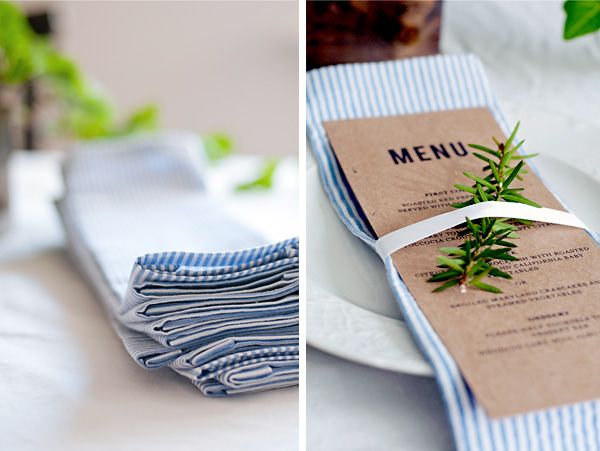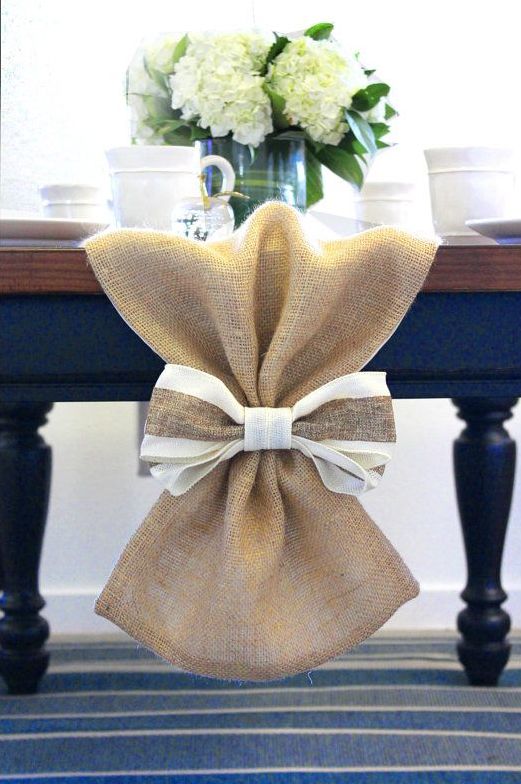Finding the perfect purchase to decorate your home is a great feeling, but it’s even more rewarding when you make it yourself. You can be proud of yourself when you’ve found just the right thing to go on your dining room table, but that pride is much greater when you’re the one who created it. If you’re a crafty person who loves to sew, or even if you haven’t done much sewing before, making your own table linen can be a great project. There are a number of table setting DIY’s you can create, from tablecloths and runners to napkins. If you haven’t sewed before, some table linen projects make great opportunities to try your hand at it for the first time. Follow this guide to complete the perfect table linen project.
Decide on Your Project
What do you want to make? You could create a tablecloth, table runner, napkins or placemats. Plus, there are chair covers and other accessories, like wine bottle coolers, which you can make out of felt. When you’re deciding what to make, take into account how much sewing experience you have and whether you’ll be sewing by hand or machine. Bigger projects, such as tablecloths, will be more difficult for beginners, as well as to sew by hand. Napkins are great for beginners – they’re small and don’t require much work. Don’t forget to take your dining room or kitchen decor into account too.
Choose Your Fabric
Your choice of fabric is very important because it needs to be practical, as well as looking great. Even if you don’t have kids and live in a very neat household, chances are someone’s going to drop some food at some point. Your material needs to be durable, since it’s probably going to have hot plates on it, and it helps if it cleans easily too. Read a tablecloth guide to help you decide which fabrics are appropriate. You’ll want something fairly heavy that won’t fall apart the first time you use it.
Get Sewing
Once you have your materials, you can start to put together your project. If you’re using a sewing machine for the first time, get to grips with it before doing any important work. Use scraps of fabric to practice the different stitches and techniques. Sewing by hand is a nice option too, if you prefer to take your time and spend a long while on a project. Make sure you’re precise by having an iron and measuring tape on hand, as well as pins to pin everything in place. Table linens are usually very simple projects, involving just sewing squares or rectangles. You might decide to embroider your linens too, which can add a lovely personal touch.
Caring for Your Linens
Handmade table linens should be handled with care. How you care for them will depend partly on the material you used to make them. Find out how to care for the material (there may have been instructions when you bought it) and be careful when you wash your linens. If you’re worried, stick to handwashing them to make sure the wash is gentle.





 Follow
Follow






COMMENTS ARE OFF THIS POST